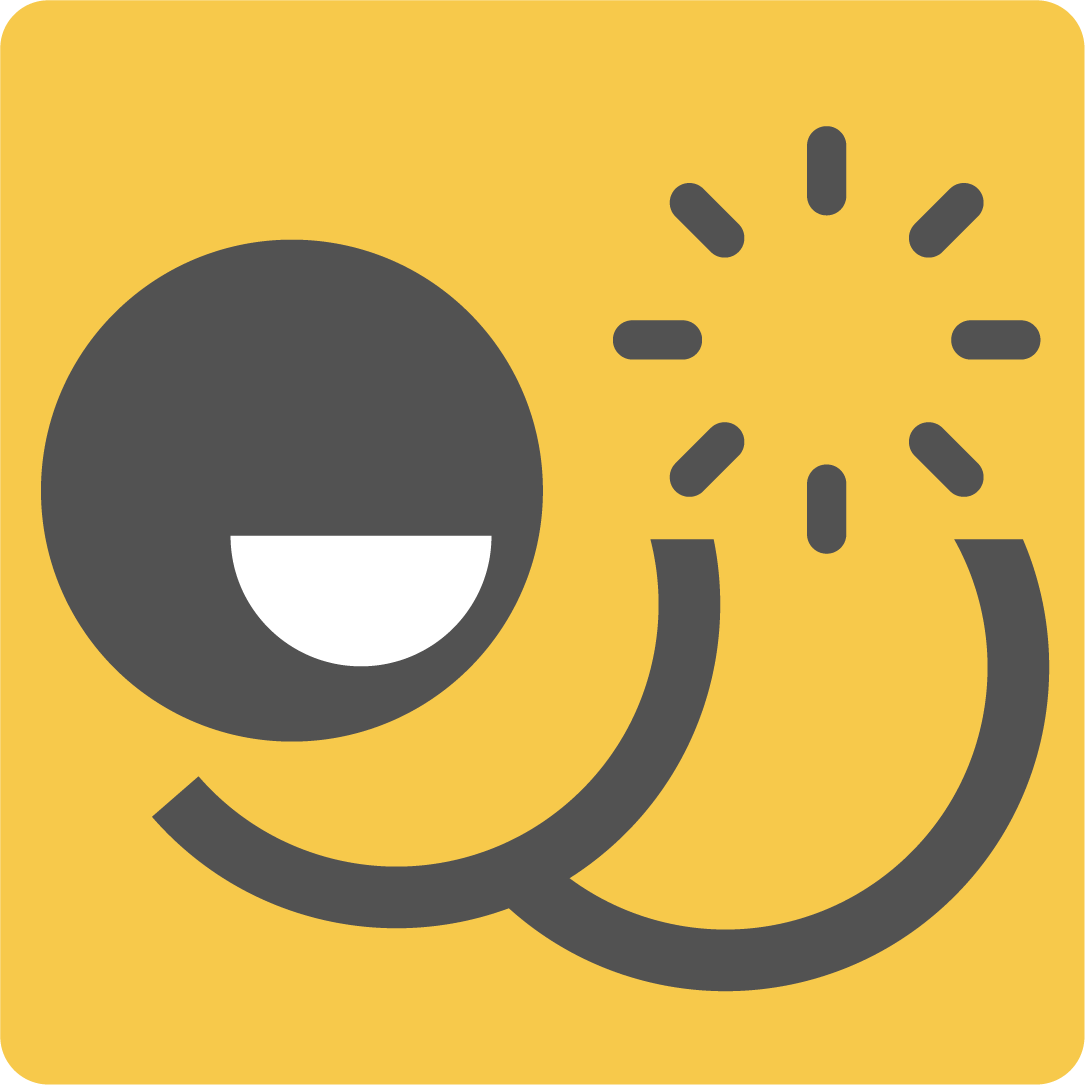Right Place and Time to Help With Human Centered + Systems Minded Design
Being There When a Team is Starting to Include UX Design as Part of the Work
What happens when you’re a UX designer in an organization that’s new to design? Even though UX design is becoming more common, the tools and skills of UX are not yet everywhere.
You may find yourself in a situation I’ve been before, to be a designer in a place just beginning their UX design journey.
Why do I find this an interesting situation and a worthwhile role to play? It’s a chance to support, encourage, and help spread the tools of human centered design, data informed decision making, and collaboration with the goals of the user and business in mind. And you get to be there at a huge helpful learning moment for an organization.
Before you started, something happened
What brings an organization to try UX design? At some point in the company’s history they encounter a clear challenge and need to improve their products and/or services in a new way.
It could be that UX wasn’t on their radar or UX was thought of as a nice to have capability, not yet needed. Until one day:
- user feedback accumulates, building awareness that something needs attention (negative or positive reviews and product questions)
- slowing sales while competitors are prospering
- being negatively compared to a competitor in the media
- overall trend in the market moving to competitors for experience reasons.
User experience is no longer a known unknown. The organization has a desire to improve outcomes with their users and a general idea of how to go about it: by adding UX design to their process.
Getting started: adding UX design to what exists
So where do you start? Start with your UX research. Review the past:
- How were decisions made? What roles or criteria were included or not included?
- How does this organization go about making and improving their products and services? In what ways do they include and work with their audience?
Integrating with the teams and organization is its own design problem. Use your UX skills and tools to interview these folks and discover their different needs, discover the common ground among their needs, and work to tell the story of the shared purpose that everyone has in serving the audience.
Gathering allies: advocating for as many humans involved as possible
As you are doing your research take note of the changes going on around you. If UX research and design is isolated in its own process, that’s a symptom of reluctance to change in the organization.
One way this can look: getting requests for research without sitting with the teams to understand their needs. They can be enthusiastic about hearing the results of research yet reluctant to have that research affect decisions of what goes into the product and how it should look, flow, and work. It’s empowering to make decisions in a more data informed way yet it is change and that change may seem unappealing to a product team.
You’ve been brought in to help with UX, so that’s a promising signal to remember. Chances are there’s enough belief in the organization to help move things forward collaboratively even though conflict exists.
Ideally the reluctance from teams or individuals will dissipate over time. As you do your collaborative research and facilitation along with celebrating your collective learning, teams will begin to see that you are advocating for both the users and what the teams need.
Leaders throughout the organization play an important role, as they create space and focus for great user experience, participating in the learning. This helps formally spread UX design.
Design fluent organizations start somewhere
It’s nice to be hired into organizations that are already design fluent. A design fluent organization has people and teams with habits, tools, expectations, experience designing and building things based on what they learn from their users. How do they get that way? Some organizations start very fluent in design because it’s part of how they were founded. Not every company has that historical benefit.
When the organization isn’t fluent in design yet, you inherently have two jobs in such an environment. One job is to facilitate learning and design using your UX tools and skills. The other job is to make sure the team you’re working with is working with you and making use of the UX learning.
In my experience I’ve reframed this challenge with the following what-if questions:
- What if this is a great opportunity to make a difference?
- What if it’s okay that it’s bumpy, because deciding to make decisions in a new way is disruptive?
You get to navigate different levels of formality while introducing the processes of researching for strategy and researching to understand more about how things can perform better. And as a result you will generate a lot of excitement about including your audience by using UX design.
Spreading design fluency is part of UX design
If you find yourself in a company that needs your skills, yet is new to the tools and practices of user experience design, help them grow to become design fluent.
As a result of good fortune and timing, I’ve been in this situation many times. Organizations cross the threshold where they realize UX design can be a competitive advantage and having a better experience can only be achieved by connecting with and learning from the audience.
It’s a great place to be and feels like you are making a worthwhile difference both inside an organization and with their audience.
I published this article originally on Medium as: Being There When a Team is Starting Their First Design Journey | by Rob Stenzinger

